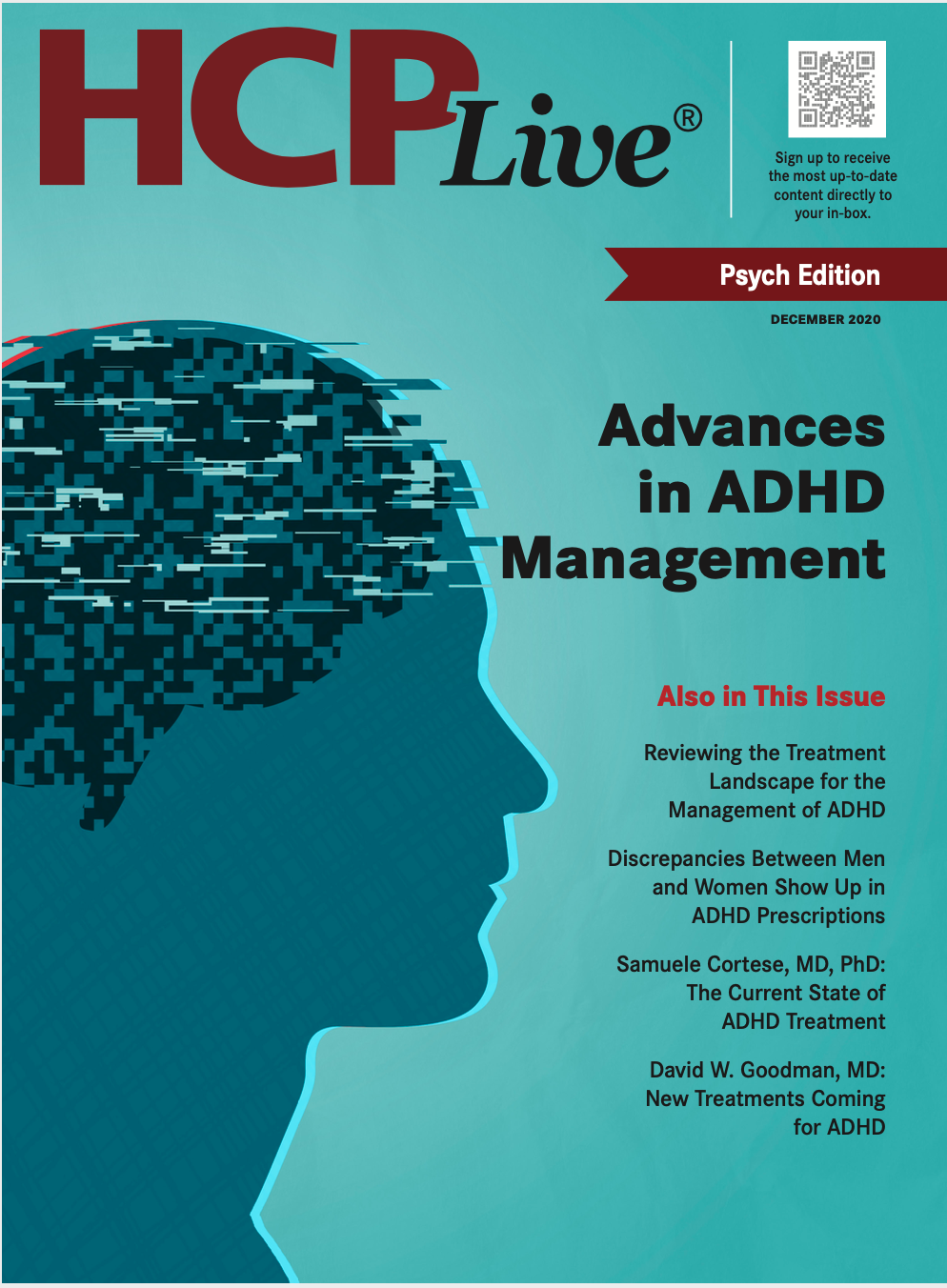Publication
Article
Supplements
Discrepancies Found in ADHD Prescriptions Between Males and Females
Author(s):
Because ADHD presents differently in females than it does in males, the disorder has been underdiagnosed in females for several years.

Females with ADHD have been underdiagnosed for several years, partly because of their unique presentation, which leads to them meeting fewer ADHD diagnostic criteria. This leads to females being diagnosed with the disorder much later than their male counterparts.
A team, led by Francien M. Kok, MSc, Department of Clinical and Developmental Neuropsychology, University of Groningen, examined the sex differences in prescription rates and efficacy of pharmacotherapy treatment in female ADHD patients, while identifying potential gaps in the scientific knowledge.
This delay is not seen in adulthood, where the mean age at the time of diagnosis has been estimated at 32.7 years with no significant sex differences. However, recent studies show females are increasingly being identified as having ADHD.
Male ADHD patients tend to show more core symptoms of disease, including inattentiveness, hyperactivity and impulsivity than female ADHD patients, who often present the disease in mood or emotional dysregulation making differentiated diagnostics difficult. This often leads to misdiagnosis with internalizing disorders, including mood or anxiety disorders or depression.
The investigators searched electronic databases to identify all published studies on female-specific effects of stimulants and non-stimulants in the treatment of ADHD. Of the 2672 studies identified, 21 (7 on prescription rates and 14 on the effects of pharmacotherapy) met the inclusion criteria for the analysis.
The investigators found females received significantly less prescriptions than males in 6 of the 7 ADHD prescription rate studies, while each of the 14 studies on effectiveness found at least 1 sex-difference in the effects of ADHD pharmacotherapies.
The investigators examined MPH, dexAMP, mixed amphetamine salts (MAS), lisdexamphetamine, ATX, guanfacine, and cloncidine use in adolescents and found girls received about one-third of the prescriptions male adolescent patients did (25.2% vs. 74.8%). Females were also significantly less likely to be prescribed MPH than males (55.8% vs. 69.7%; d = 0.33).
No significant differences were however identified in the use of dexAMP, lAMP, Pemoline and methAMO between the 2 sexes.
“Several sex-differences are demonstrated in the prescription, usage and efficacy /effectiveness of both stimulant and non-stimulant ADHD pharmacotherapy,” the authors wrote. “A single daily use of MPH may possibly not be optimal for girls with ADHD and ATX may be a promising medication for girls and women with ADHD. The robustness of this result requires further investigation.”
The worldwide prevalence estimates of ADHD in school-age children and adolescents vary considerably across countries, ranging from very low rates of 0.6% in girls and 2.8% in boys to high rates of 10.5% in girls and 14.4% in boys. Female-to-male ratios reported also vary considerably with female-to-male ratios between 1:3 and 1:1.5 in population-based studies, as well as between 1:5 and 1:9 in clinical samples.
However, ADHD has been diagnosed more frequently across both sexes in the last 15 years.
The study, “The female side of pharmacotherapy for ADHD—A systematic literature review,” was published online in PLOS One.






